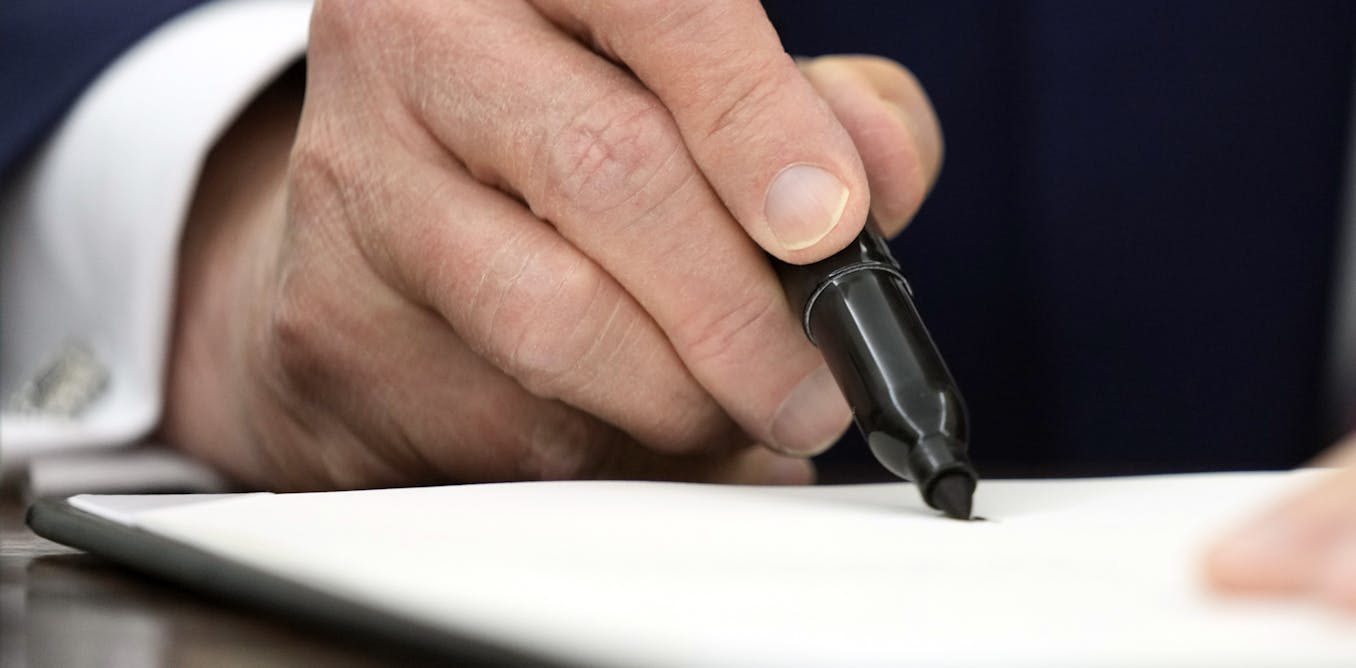Learning about attachment styles is arguably one of the best ways to understand why you act the way you do in romantic relationships. But as you dive into the world of attachment styles, you’ll quickly learn that avoidant attachment types in particular tend to get a bad rap.
As opposed to people with anxious attachment styles, those with avoidant attachment styles are known for withdrawing from relationships when things get vulnerable. They often feel overwhelmed or suffocated by emotional intimacy, and rather than leaning into their feelings, they pull away from them. Because of this, those with avoidant attachment styles are often known to ghost or fizzle the relationship in an attempt to avoid conflict or romantic feelings.
Because more than 25 percent of the population has an avoidant attachment style, according to the book “Attached: The New Science of Adult Attachment and How It Can Help You Find — and Keep — Love,” it’s important to understand how this style shows up in romantic relationships. Whether you have an avoidant attachment style yourself or the person you’re dating does, here’s what to know and how to work toward a more secure attachment style.
Experts Featured in This Article
Quanesha Johnson is a licensed professional counselor and mental-health educator. She is also the founder of BTG Counseling & Educational Services, LLC.
What Is Avoidant Attachment Style?
The avoidant attachment style is best described as just that: avoidant. “Those demonstrating an avoidant attachment style appear very independent and struggle to build intimacy and connection in their romantic relationships,” says licensed therapist Quanesha Johnson. As a result, these people tend to push others away in an attempt to not get hurt. They are also emotionally detached from their partners.
This attachment style is the exact opposite of an anxious attachment style. A person with an anxious attachment style “desires a lot of closeness and connection” and is “easily activated by things like subtle changes in the other person’s mood or behavior,” Madeline Lucas, LCSW, therapist and clinical content manager at mental health app Real, previously told PS. Because of the differences, a relationship between an anxious person and an avoidant person is known to bring out the worst in each other. (That’s why these pairings tend to get a lot of attention — they can be so stressful and difficult to manage.)
What Are the Different Avoidant Attachment Styles?
Under the umbrella of avoidant attachment styles are two terms: dismissive-avoidant and fearful-avoidant. If someone is fearful-avoidant, they “may long for and crave connection, but they are fearful of getting hurt, and therefore lack trust,” Johnson says. If someone is dismissive-avoidant, they avoid almost all emotional connections in their romantic relationship because “they lack the ability to communicate, and their partner often feels intentionally shut out of this side of them.”
The biggest difference between dismissive- and fearful-avoidant types is that people with fearful attachment styles shut out romantic connections out of fear, while people with dismissive attachment styles shut out romantic connections because they don’t see the benefit of maintaining a connection with others.
Signs You Have an Avoidant Attachment Style
Though there is no exact formula for determining if you do or don’t have an avoidant attachment style, Johnson says some of these signs below could be indicators that you might have an avoidant attachment style:
- You have a fear of commitment. Whether it’s marriage or committing to a long-term relationship, commitment is not something that excites you. In fact, it may have the opposite effect and make you feel trapped.
- You don’t feel the need to express your needs or wants, simply because you don’t think it matters or will make a difference.
- You feel easily overwhelmed, especially when a partner is requesting something from you or voicing their needs.
- You are generally emotionally detached and able to refrain from developing feelings for someone in an attempt to avoid pain or disappointment.
- When you seem to be getting too close to a partner, you find ways to create distance. This is your way of regaining self-control.
- You avoid healthy, balanced communication because you see it as confrontation.
If, after looking at the list, you’re still not sure where you stand, speaking with a mental health therapist who can better understand your specific dating experiences might be useful.
How Someone With an Avoidant Attachment Style Can Become More Secure
For starters, self-awareness is key, as many people with avoidant attachment style aren’t aware they are avoidants in the first place. Once you’re at least remotely aware of attachment styles, diving deeper into what it means to be avoidant can be helpful. Many experts suggest reading “Attached” to better understand how an avoidant attachment is developed.
Once you’re thoroughly educated on the attachment style, it could be beneficial to work with a trained professional in order to “process events of your childhood and identify emotional triggers,” Johnson says. She adds that “a therapist can help support you with healthy ways to communicate emotions to your partner.”
If you want to do some inner work yourself, journaling could also be useful. You could start by writing down your feelings and thoughts for about 10 minutes every morning, which Johnson says can be a “great way to practice getting your feelings out so that you aren’t bottling up your emotions.”
Lastly, Johnson suggests challenging your negative emotions. “When you do this, you can reframe your negative thoughts and shift your mindset about how you see yourself, others, and relationships.” Though this may be better developed in therapy, instead of thinking that all love is doomed, embrace the newness and feelings you experience when you meet someone for the first time. Instead of refraining from sharing your feelings, push yourself to be vulnerable. Instead of running away from a partner who is expressing interest in you, be OK exploring that and seeing where the connection goes.
Taylor Andrews (she/her) is the balance editor at PS, specializing in topics relating to sex, relationships, dating, sexual health, mental health, travel, and more. With seven years of editorial experience, Taylor has a strong background in content creation and storytelling. Prior to joining PS in 2021, she worked at Cosmopolitan.

:quality(85):upscale()/2022/09/06/234/n/3019466/531b6905631820216132b1.74893050_.jpg)





